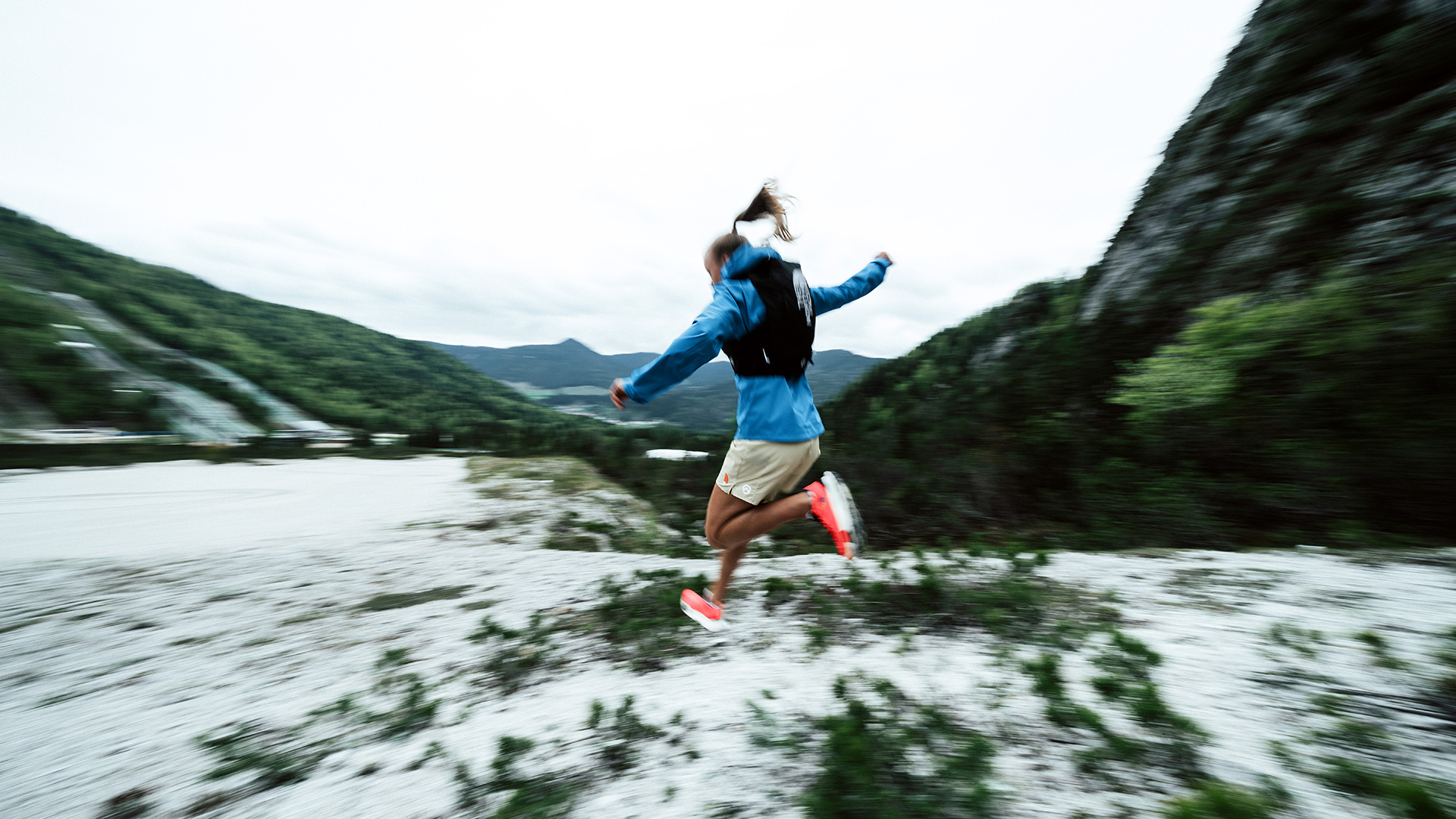Why you should run with your partner (even if they don't like running)
What I learned from taking my wife on my runs


I'm one of those people who prefer to run alone. I never really got the hang of running clubs, as I don't care too much about the social aspect of the activity. I often don't take anything but the bare gear minimum, including a running watch, a pair of running shoes, short shorts, and a running vest or t-shirt. However, I recently discovered how enjoyable (and valuable) it is to take my wife with me for my runs.
What I like about running the most is how scalable it is. You can run fast or slow, short or long distances; it's all running. People run for different reasons and in different environments; no wonder it's one of the most popular active recreational activities around the world.
It's also true that people often can't imagine how other people run, especially if they are close to the person. Take, for example, my wife. She's very active, and we often walk a lot, but she isn't a runner. She never got into running, and she'd rather jump on the saddle of a bike or put on her hiking boots than lace up her running shoes.
This has never been a problem, as I like running on my own (see above). It's not like we don't spend time together; I thought it was okay not to share my running experience with her, as we share pretty much everything else. When we do go out for a jog together, we go slower than my usual pace, which is good for me, too, as I find it hard to go any slower than my 'normal' pace.
Seeing is believing
Of course, this means that my wife never really sees me running faster than her pace, which is fine, as I don't need anyone to observe me running at high speeds for the sake of it. The problem starts when you take on races, like a marathon, and your significant other starts worrying about you because they can't fathom you running for that long without literally dying.
The last 12 months have been big for me in terms of pushing my limits as a runner. I ran two London Marathons in the space of six months (the first one in October 2022 and the second one in April 2023), ran 100 miles in Mongolia in four days (see also: Mongol 100), and I also just went running in the Italian Dolomites for a couple of days at 2,500 of altitude. Not to mention the shorter races/events.
Although it was challenging for me physically and mentally to run this much, it was equally hard for my wife to cope with it all. She couldn't imagine me running for hours or days on end and not hurting myself. After all, she only ever saw me plodding alongside her on our occasional shared jogs – how can I sustain a moderately fast run for so long?
Get all the latest news, reviews, deals and buying guides on gorgeous tech, home and active products from the T3 experts

We weren't intentionally trying to alleviate the situation, but one day in July or August, we decided that my wife would join me on my run – on her bike. She would cycle along me while I did my usual run at a faster pace than if we ran together. It went swimmingly. I ran better as I found my wife cycling along a good pacer, and she was enjoying the company and the somewhat lighter exercise.
Most importantly, it helped her see that I could run harder for longer, which put her mind at ease, and now she's happy for me to sign up for marathons if I wanted to. We even had a conversation about the ultramarathon, which I'm not planning on doing, but the fact we could talk about it was a significant milestone for both of us.
If you can, try to run more with your partner and turn 'me time' into 'us time'. Trust me, it's a bonding experience more helpful than sharing a pint or a glass of wine. For both parties involved.

Matt Kollat is a journalist and content creator who works for T3.com and its magazine counterpart as an Active Editor. His areas of expertise include wearables, drones, fitness equipment, nutrition and outdoor gear. He joined T3 in 2019. His byline appears in several publications, including Techradar and Fit&Well, and more. Matt also collaborated with other content creators (e.g. Garage Gym Reviews) and judged many awards, such as the European Specialist Sports Nutrition Alliance's ESSNawards. When he isn't working out, running or cycling, you'll find him roaming the countryside and trying out new podcasting and content creation equipment.